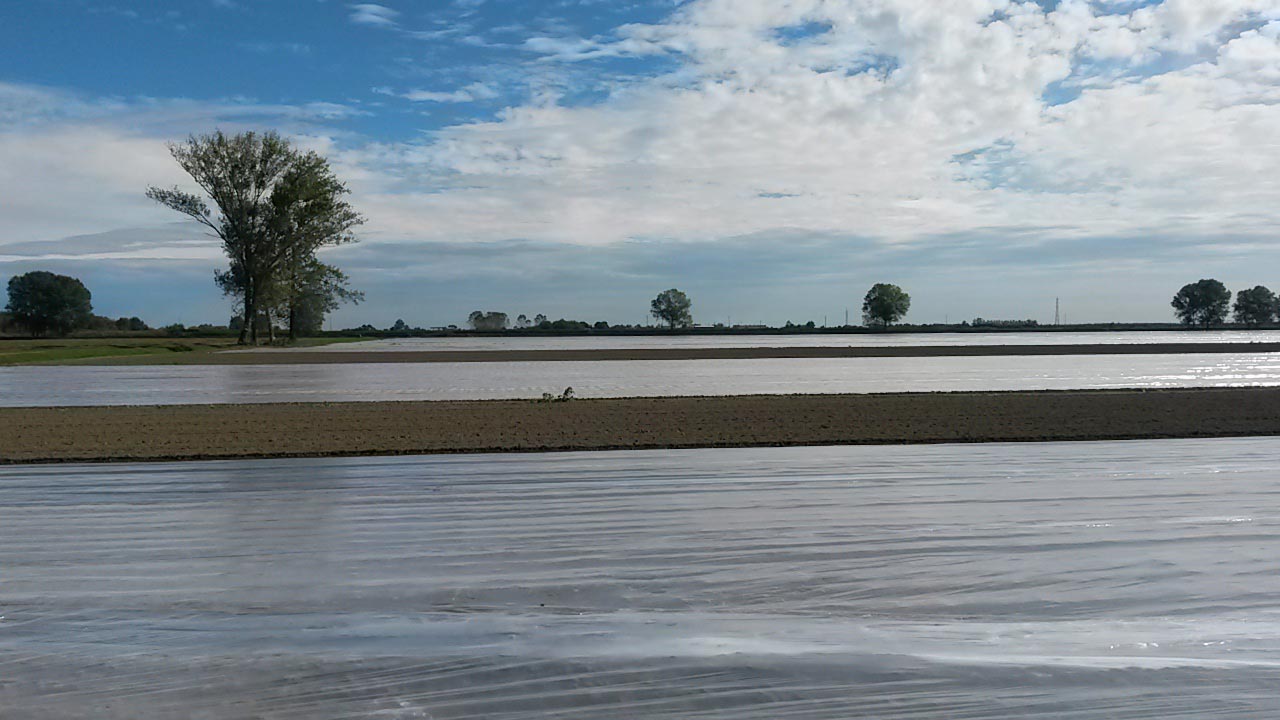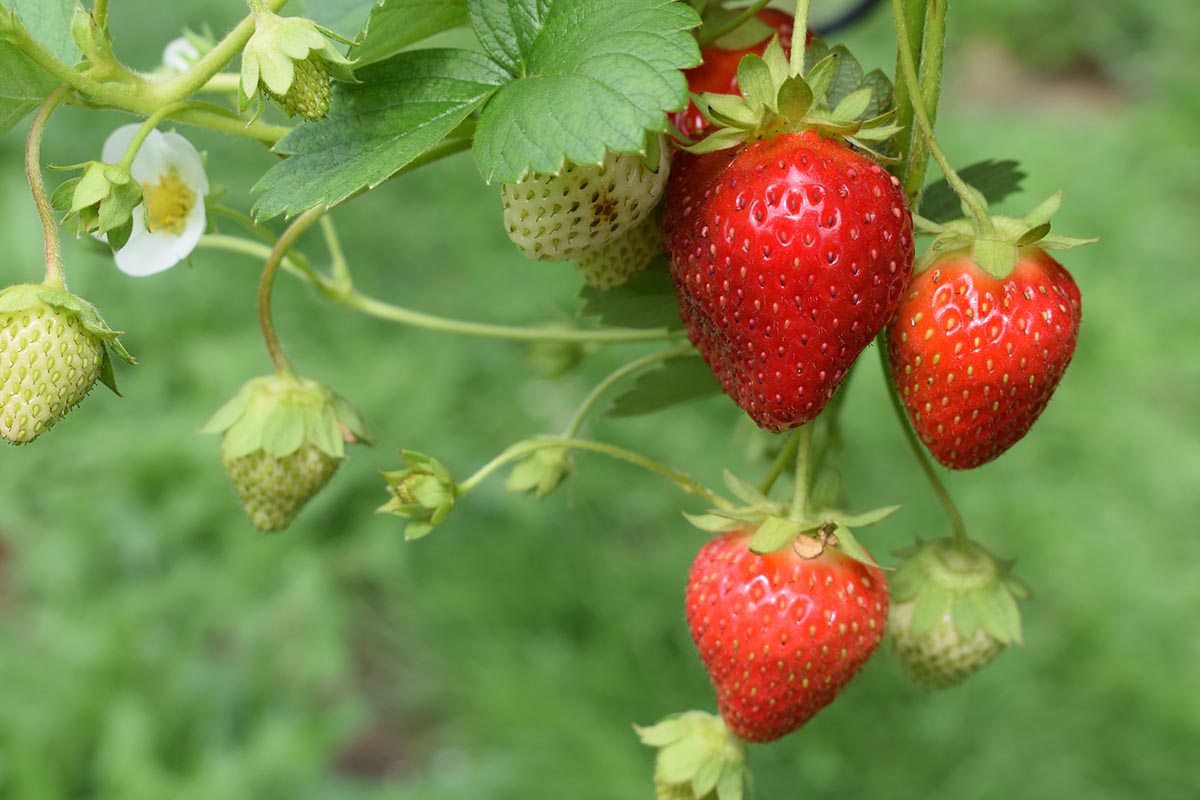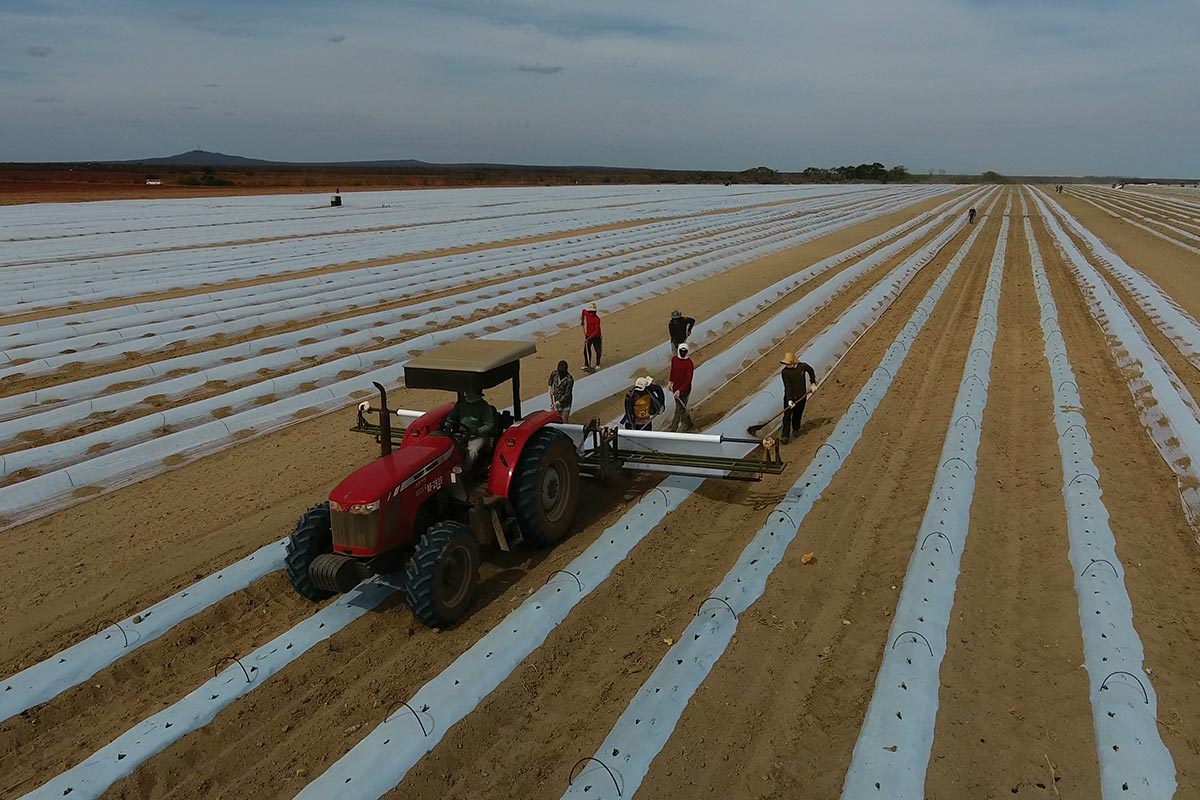
How to prepare the soil for harvest

The critical situation that exists with respect to the availability of arable land due to several factors such as population density, climate change or water scarcity that have made the space for agricultural production increasingly limited. There are studies that indicate that by the year 2030, the global demographic explosion will imply a great change in society. According to the UN, close to seven billion people live on the planet so far, but it is estimated that by 2030 there will be eight billion and that by the middle of the century, we will talk about nine billion people around the world.
What does this increase in population imply? Among other things, and speaking about the agricultural fields, we have gone from cultivating about 0.4 hectares per person in recent years to about 0.2, so today we feed ourselves by working half of the land that was worked 50 years ago. Under these circumstances, feeding nine billion people with an environment that can hardly sustain the current population, is a challenge of great proportions.
In this sense, research, innovation and a titanic effort on the part of agricultural producers are essential, since it is imperative to use the arable land to meet the continuously increasing demand of produce from the population. Changing our perspective regarding the environment becomes necessary, as well as globally implementing methods of modern agriculture in an advanced and accelerated way to avoid a shortage of food in the future.
In order to achieve successful and fast results with this task, it is essential to treat the soils that support the horticultural monoculture since there isn’t enough time for traditional methods that permitted the “rest” and “rotation” of the farmland. These soil-treatments not only guarantee the survival of the harvest but also help to make production more abundant and uniform as a healthy soil structure is the base for any growth.
Methods to prepare the land for harvest
There are many alternatives available to prepare the land for harvest. For example, the use of plastic materials in agriculture allows the efficient use of water, an extraordinarily valuable resource. In addition, with the use of dams and irrigation systems, it is possible to observe a significant increase in agricultural production through early harvests and the reduction of pests. There are two basic methods to treat soils: solarization and chemical disinfection.
The technique of solarisation or intense radiation, combined with a complete and effective irrigation system, requires covering the field with a special plastic film that guarantees a high temperature on the ground and sterilization in treatments close to 30 to 45 days.
On the other hand, the chemical disinfection process that obviously uses special plastic barrier products for that purpose, allows us to achieve an almost total control of pathogens and weeds. It requires the use of TIF plastic fumigation films, which are totally impermeable. With the implementation of these impenetrable layers it is not only possible to obtain greater efficiency, but also reduce preparation times, advancing even on the sowing dates. We invite you to take a look at all the advantages of “totally impermeable films,” commonly known by their initials as TIF, for the disinfection of soil.
 There is a broad range of plastics for disinfection and their selection and implementation varies according to the ground and the technique that the farmer needs to implement. In this sense, mulching of the ground with plastics is the main technique in plasticulture that is used for this purpose, with different plastics that can have in common their colour, thickness and widths, and also the fact that their on-field application is usually done through a mechanical process, and therefore, their resistance of the plastic to the tensions is fundamental.
There is a broad range of plastics for disinfection and their selection and implementation varies according to the ground and the technique that the farmer needs to implement. In this sense, mulching of the ground with plastics is the main technique in plasticulture that is used for this purpose, with different plastics that can have in common their colour, thickness and widths, and also the fact that their on-field application is usually done through a mechanical process, and therefore, their resistance of the plastic to the tensions is fundamental.
Use of mulching for disinfection and its main advantages:
Disinfection films ensure high mechanical resistance and the possible reduction of disinfectant products that escape to the atmosphere while preserving humidity and temperature.
The general advantages of using mulching for disinfection are directly related to environmental preservation and care. We also reduce operational costs with these special plastics because less disinfectant is employed to the ground as well as tunnell covers can last longer thanks to the fact that mulches for disinfection prevent the disinfectant from reaching the cover. Additionally, the environmental impact is lessen by reducing the number of pesticide emissions and the actual use of disinfectants, since these plastics improve the efficiency of these treatments by significantly increasing the temperature in the soil and preserving its humidity.





![[eBook] Sustainability and water management](https://agriplasticscommunity.com/wp-content/uploads/8_550x310_ENG-440x264.png)
![[eBook Trends in Agriculture Plastics] Increasing use of biodegradable mulch](https://agriplasticscommunity.com/wp-content/uploads/550 × 310_2_ENG-440x264.png)
![[eBook Trends in Agriculture Plastics] Reducing the plastic used in the manufacture of agricultural films](https://agriplasticscommunity.com/wp-content/uploads/550 × 310_1_ENG-150x150.png)




















